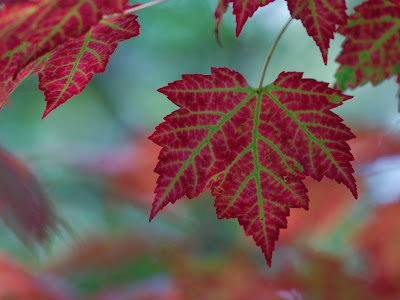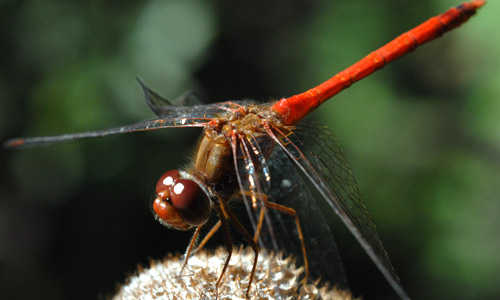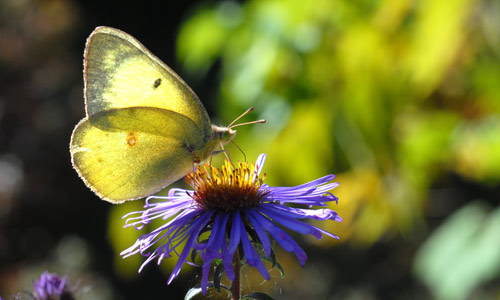This afternoon, we enter Autumn. Unless you’re from south of the Equator, but I’m going to assume no one from Down Under reads this.
The Equinox will occur at 4:21 P.M. We then begin the long slide into darkness, which at our latitude is not insignificant. Soon it will be dark when I go to work and dark when I leave it, which is somewhat depressing but easily alleviated with some Happy Lights and copious amounts of snowshoeing. It’s Karma for the Days Without End in June, when you can ride your bike at 5:00 without a light, and you can still read outside at 21:00 on your porch without a flashlight.
I’ve put 6 or 7 of my canoes and such into Canoelover’s Row in the warehouse. One of the benefits of owning a paddlesports shop is your own row in the warehouse. It holds twelve boats and allows me to clean out the garage in the winter. Now I know that Canoelover’s Row sounds like a bad English novel about the sexual repression of Victorian England. Or maybe I’ve seen too much Masterpiece Theater. Yeah…that’s it.
But I digress. The main point is that it’s going to be Autumn, and I love Autumn. A lot, but probably not as much as my daughter. Her beautiful essay can be found
here.

We went for a walk in the woods (and prairie) on Saturday with Kelly Blades, our P&H/Pyranha/FeelFree sales rep. Our industry is socially incestuous, and the differentiation between friends and sales reps is often a blurry one. I can only think of a handful of reps with whom I don’t like to spend time, and I’m usually not alone in that regard.
I’ve known Kelly for a good decade or longer, can’t really remember, but when he visited for some business reasons, which took an hour or so, we had a whole afternoon to kill. We decided to walk it to death.

Band-winged Meadowhawk (Sympetrum semicinctum)
There were a few late darners swooping around, some of them getting in their last mating hurrah, but mostly they were moving lethargically. The Meadowhawks were another matter.
The genus Sympetrum is composed of smaller than average dragonflies with the wonderful name Meadowhawks. Meadowhawks are so named because they a) fly around meadows and b) are the Cooper’s Hawk of the odonates. They’re good hunters and they can wreak havoc on the local fly population.
They’re also lovely creatures. But then I’m biased.

I like the Band-winged dudes. Especially back lit.
White-faced Meadowhawks (Sympetrum obtrusum).
Sometimes you gots to get your freak on.
While the whole genus Sympetrum can be bloody difficult to field ID, a few of the species are considerate, like the White-faced ‘Hawk, with a big white face (!). They’re not exactly rare but they are uncommon, so to get a shot of a pair copulating was pretty cool, especially since I had the wrong lens with me so I was shooting a 200mm zoom free-handed without one of those expensive VR lenses that cost more than some small cars. Not complaining. Actually, I am.*
The taxonomy of an odonate is fairly complex, with lots of little subtleties that identify species that are to the naked eye almost identical. Wings are often used as a way to identify species in the field. Besides the lovely amber saddles on the Band-winged ‘Hawks is an equally lovely red stigmata on the leading edge of each wing. Saint Francis would laugh heartily if he knew that a few centuries after his death, insect taxonomists would name that spot on the wing in honor of a famous recipient. I think that highly appropriate.
Respectfully submitted,
Canoelover
*If some benefactor wants to improve my photography, please do me extremely generous favor of sending me this lens. Or this one. Just send me the Hubble and I’ll be happy. Just make sure it has the Nikon bayonet mount.
]]>

